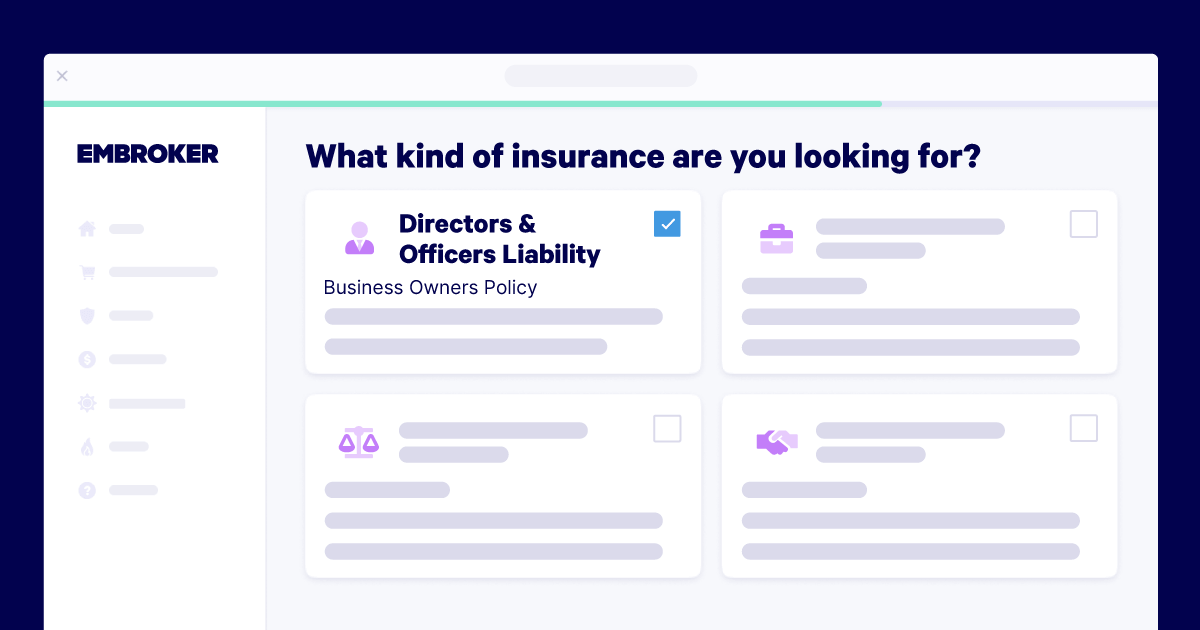Risk is all around us. There’s the extreme physical kind, including earthquakes and sidewalk punchers. Then there are digital risks, like hackers who target individuals and businesses alike. That’s part of the reason why keeping track of the biggest cyber threats to law firms is so important.
Law firms are increasingly targeted by cybercriminals due to the sensitive financial and confidential information they store digitally. This data may be more valuable to them than a safe full of cash. In fact, businesses are 67% more likely to experience a cyber incident than a physical theft, according to InfoSecurity Magazine.
To protect your firm from an attack, It’s important to understand the most common cyber threats to law firms so you know what to protect yourself against.
Are you prepared for cyber risks?
Read our 2023 Cyber Risk Index Report to find out what businesses are worried about, how they’re protecting themselves, and what the future holds.
The Top 5 Cyber Threats to Law Firms
There’s a wide variety of cyber threats out there, but the main ones facing law firms include phishing and malware attacks, DDoS attacks, ransomware, and insider or third-party attacks. Each of these cyber threats can result in a data breach.
No law firm is immune to cyberattacks, not even those that specialize in handling data breaches for their clients. So, it’s important to take this threat seriously and take steps to protect your firm.
Let’s take a closer look at each kind of cyber threats to law firms.
1. Phishing Attacks
A very common type of cyber attack, phishing can take the form of text messages, emails, and websites that deceive people into downloading malware or giving up personal information. And within the phishing category you can encounter different kinds of attacks, including
- Impersonation of clients or court systems requesting urgent wire transfers or payment changes
- Attempts to harvest login credentials
2. Malware
You could also receive fake subpoenas, discovery requests, or court notifications with malicious links or attachments. Once clicked, the hacker gains entry into your firm’s data storage. Malware can also be distributed through malicious websites, emails, and software or can be downloaded and installed from a website that is not reputable.
3. DDoS Attacks
Especially distressing to law firms who are in the process of discovery and working under already tight deadlines, DDoS attacks can:
- Overwhelm your firm’s capacity to handle legitimate requests, rendering it inaccessible to legitimate users
- Slow down your work so much that extensions will need to be requested, and deadlines could be potentially missed
4. Ransomware
The threat is in the name when it comes to this cyber attack tactic. Ransomware will deny users access to their own files and software until a ransom is paid. It’s becoming so common that cybercriminals can now subscribe to “Ransomware-as-a-Service” providers. This allows users to deploy pre-developed ransomware tools to execute attacks in exchange for a percentage of all successful ransom payments.
5. Insider or Third Party Attacks
Law firms don’t only have to worry about their own systems and practices, but also about the care that their third-party vendors take in cyber protection. Your firm may be well protected, but cybercriminals can get around security systems by hacking less-protected networks belonging to third parties.
Insider cyber risks include:
- Hackers targeting your employees on their personal devices
- Departing employees may steal client data and documents to gain leverage in future job negotiations
Other Cyber Threats to Law Firms
While we’d like to keep the list to just five potential threats to ward off, your law firm is vulnerable to virtually any web threat. Here are a few more digital dangers to look out for:
- AI: The 2023 Legal Trends Report by Clio found more than half of legal professionals surveyed want to use AI more in the future. As AI becomes more widely used, the landscape of cyber threats to law firms will include more sophisticated artificial intelligence techniques, such as advanced phishing campaigns and deep fakes.
- Configuration mistakes: There could be a flaw that can leave your firm vulnerable from the very start of your cyber security setup. IT experts admit they don’t know how well the cybersecurity tools they’ve installed actually work, which means at least half of IT experts already aren’t performing regular internal testing and maintenance.
- Cloud vulnerabilities: The use of web-based software services or solutions within your firm is practically a given. However built-in weaknesses to cloud security are just as possible, which is why routine checks and maintenance are a must when using web-based tools.
- Mobile device vulnerabilities: You’re always working. And that means that you’re most likely working on your phone a good amount of the time too. This just gives cybercriminals another way in — even if your firm uses a Mobile Device Management system to try to keep your devices and data secure. Since MDMs are connected to the entire network of mobile devices, hackers can use them to attack every employee at the company simultaneously.
Cyber Protection for Law Firms
According to Bloomberg Law, the five class action cases filed last year against Bryan Cave; Cadwalader, Wickersham & Taft; Smith, Gambrell & Russell; and two smaller firms — Cohen Cleary and Spear Wilderman — claim that they didn’t sufficiently guard against the possibility of cyberattacks. These threats are very real, but you can protect yourself, your business, and your clients from a breach that can be a result of any of these dangers. Here’s how to get started:
- Come up with a risk management plan. According to the ABA Legal Technology Survey Report, 64% of law firms budget for technology and protection. This number is expected to increase significantly in years to come, given the high risk associated with data protection. And remember to best protect your law firm you’ll need to conduct due diligence on a vendor’s data security controls and privacy practices before partnering too. Look for certifications, audit results, and policies before digitally linking up. And be sure to budget appropriately and invest in the protection of your law firm’s digital security. Check out our risk management guide for law firms and how to conduct a law firm risk assessment for more tips.
- Exercise proper cyber hygiene. Create a plan to maintain and improve cyber security, especially in the event that you experience an attack. “Patching-as-a-Service” products provide continuous updates and patches, increasing patch speed and efficiency. Automated patching also reduces the likelihood of patch vulnerabilities created due to human error.
- Get cyber insurance for law firms. A regular business insurance policy won’t offer enough coverage for your line of work. It’s important to get cyber insurance for your law firm in addition to any General Liability or Business Owners Policy coverage to ensure you are protected and have help recovering from a cyber threat. You can learn more in our extensive cyber insurance policy guide.
Embroker experts are always here to help. Chat with one of our qualified agents today to get all of your questions answered.
Get Your Lawyers’ Professional Liability Insurance Quote
Publisher: Source link










